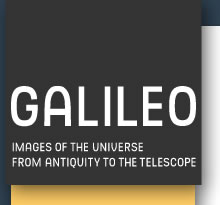


Tablets in cuneiform script contain the oldest extant records of the Mesopotamian civilisation's knowledge of astronomy. They show us that celestial phenomena, especially as a potential source of omens, were already being studied at the beginning of the 2nd millennium B.C. People knew how to calculate the time of day and night, and to predict the dates of the equinoxes.
The oldest tablets classify the names of 35 heavenly bodies including the Sun, the Moon, the five planets visible with the naked eye and numerous stars and constellations. It was at that time that some of the constellations (Leo, Scorpio, Taurus) were given the names by which we still know them today.
Cuneiform texts dating from the late 2nd millennium B.C. state that the three heavenly bodies visible at twilight every day define three parallel zones, known as the paths of Ea, of Anu and of Enlil after the most important gods. Other texts recount the story of the Babylonian cosmogony and of how Marduk managed to clamber to the very top of the divine hierarchy. They also define the Moon's orbit.
A new era of progress based on the use of mathematical methods began in the early centuries of the 1st millennium B.C. A text known as Mul.Apin ("the plough star") contains a star catalogue, the indication of 60 constellations and a method for calculating daylight hours using shadows. Some 3rd century B.C. tablets describe the methods used for calculating the periodical recurrence of astronomical phenomena, also showing tables in which parallel columns of figures are used to predict such occurrences as the new Moon, the opposition and conjunction of the Sun and Moon, and eclipses.